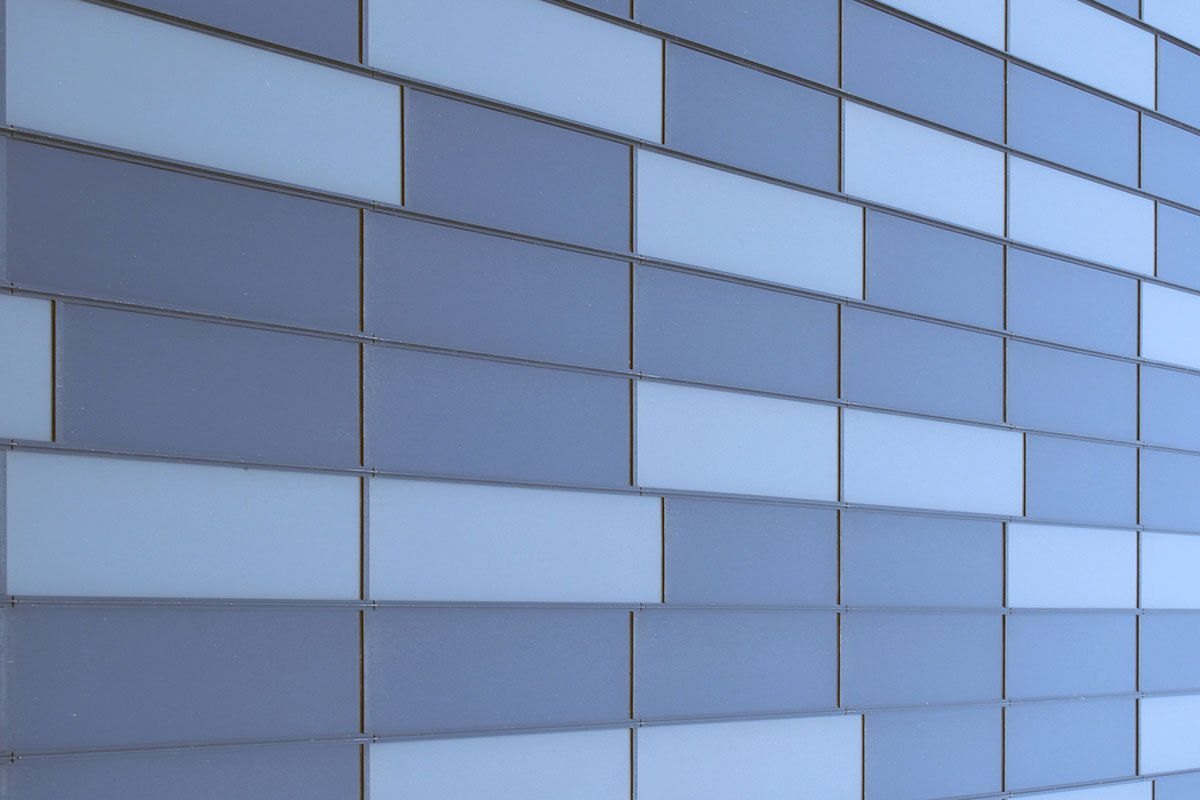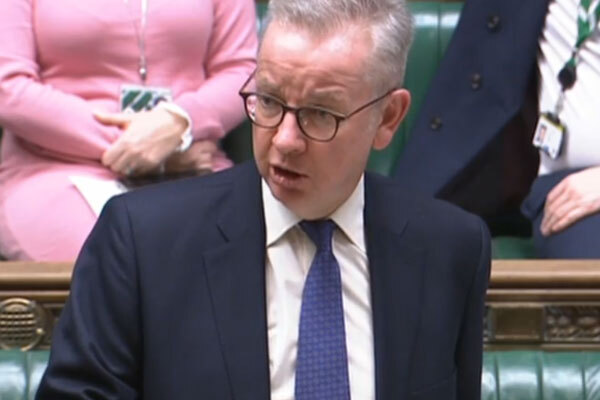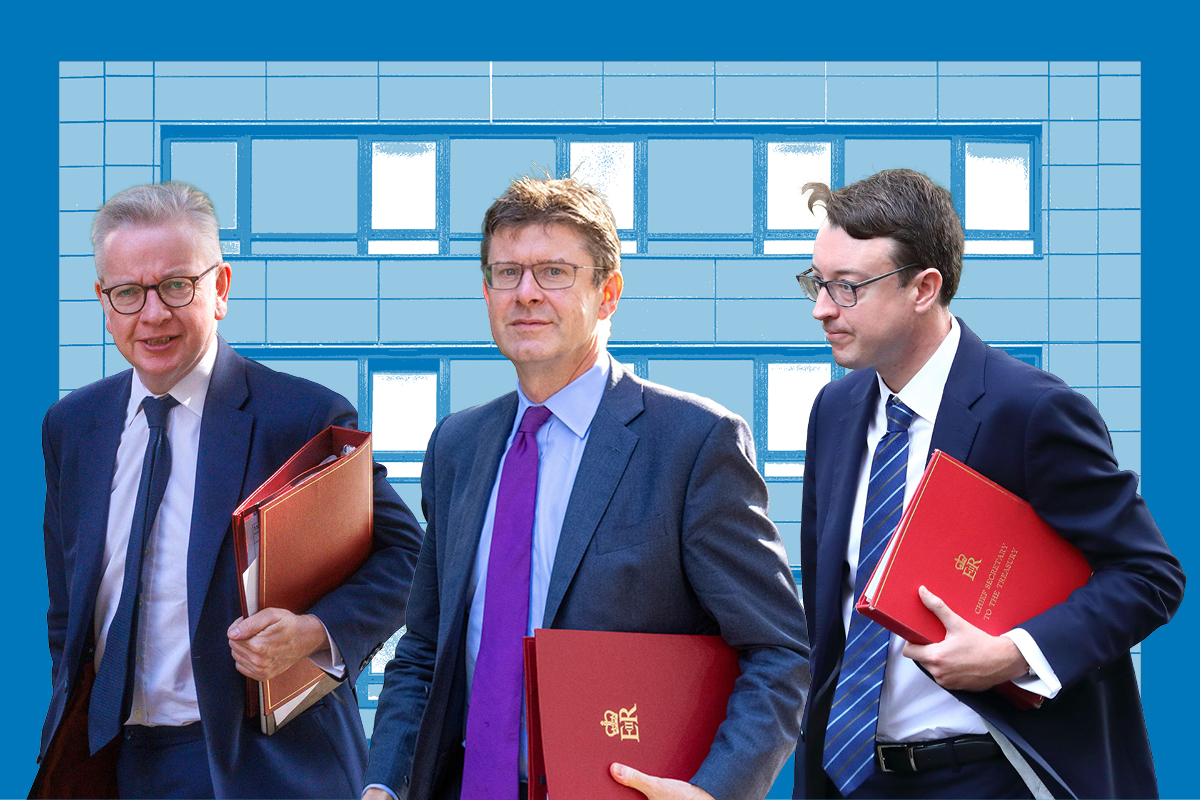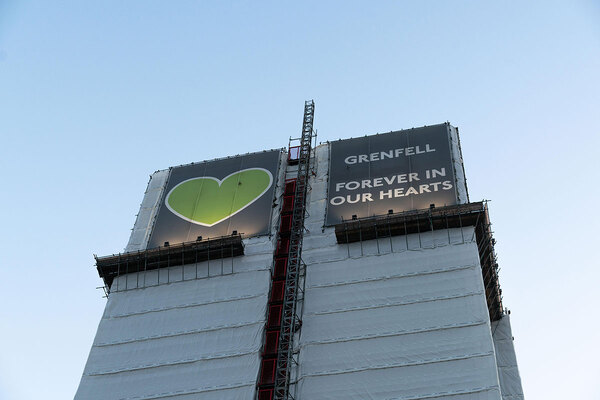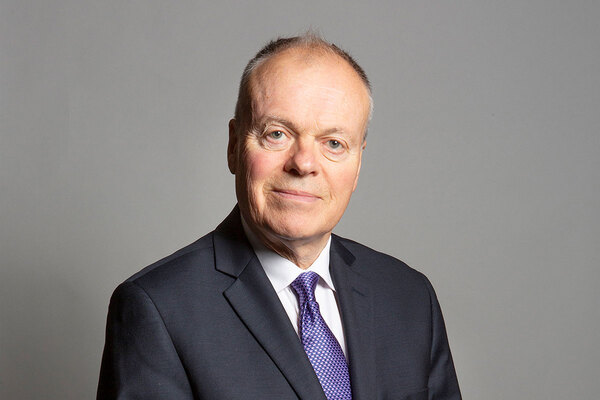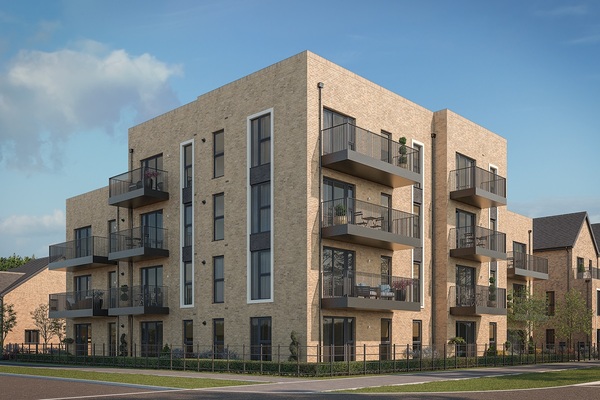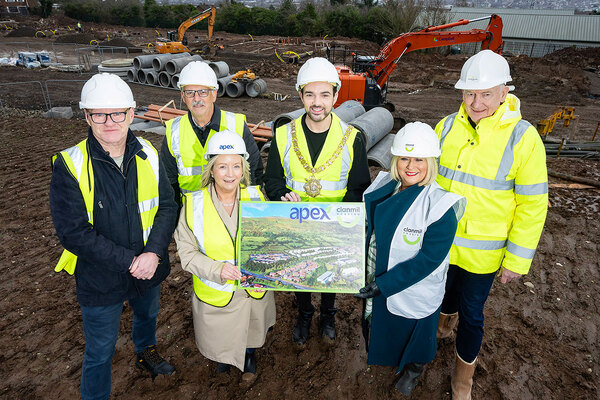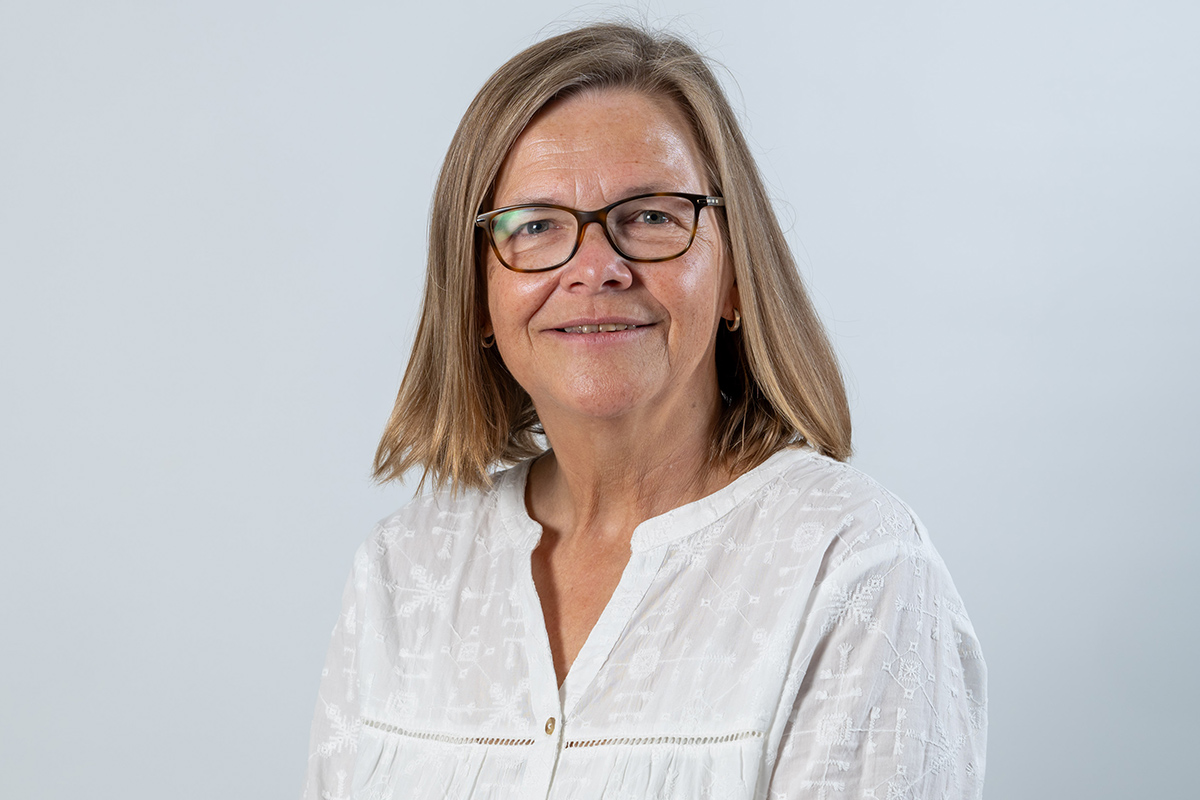You are viewing 1 of your 1 free articles
New pilot scheme launches to fix cladding on medium-rise ‘orphan’ buildings
A new government-backed pilot scheme to remove unsafe cladding from a small group of “orphan” medium-rise buildings has launched.
The scheme will help strip cladding from 60 unsafe buildings where no developer can be found to pay for remediation works, and protect leaseholders from “extortionate” repair bills.
The Medium-Rise Scheme (MRS) pilot has been launched ahead of its wider roll-out next year, when it will be funded by the £3bn Building Safety Levy.
However, documents published alongside the announcement of the scheme also indicated that support is unlikely to be provided for blocks lower than 11m that have dangerous cladding. The government stated that costly remediation is not needed in the majority of these cases.
Run by Homes England, the Medium-Rise Scheme has been set up to get the “most affected” blocks early help. This includes those with interim safety measures such as waking-watch patrols or simultaneous evacuation policies already in place.
Leaseholders will be “further prioritised” based on additional factors, such as the type of material on the external walls of the building, the government said.
To date, 49 developers have committed £2bn to fire safety works in buildings over 11 metres high that they have played a role in developing or refurbishing.
However, many developers can either not be tracked down or might have gone out of business. The MRS scheme will aim to plug this gap by funding cladding removal in these “orphan” blocks.
A fire risk assessment of the buildings will be carried out in line with the British Standards Institution PAS 9980 standard, to ensure that recommended work is proportionate and the funding is properly targeted.
A fact sheet on the MRS confirms there will be no help for leaseholders living in blocks with dangerous cladding that are lower than 11m.
“There is no systemic risk to life in buildings under 11m in height and we remain of the firm view that costly remediation is unlikely to be necessary in the vast majority of cases,” the government said.
It added that fire risk assessments carried out under the new guidance could find “lower-cost mitigations are more appropriate and proportionate” and that in rare cases where remediation is required, leaseholders would have the option to seek compensation through the Building Safety Act.
Building safety minister Lee Rowley said: “This is an important step forward for leaseholders who have been trapped in unsafe, unsellable homes with unfair costly repair bills for far too long.
“Building owners have the responsibility to get essential cladding repairs done and this scheme will help ensure this happens.
“We are taking action to protect innocent leaseholders and ensure they are safe and secure in their homes. I will be monitoring progress very closely as we work towards the launch next year.”
Last week, the government outlined more details on the new Building Safety Levy, which will run alongside the developer pledges to fund the remediation of “orphan” blocks.
Currently out for consultation, the levy will apply to all new residential buildings of any height in England. However, to “protect” affordable housing supply, social rented, affordable rented and intermediate housing will not have to pay the charge.
Setting out his plan to fix the building safety crisis in January, housing secretary Michael Gove vowed that “no leaseholder living in their own flat would have to pay a penny to fix unsafe cladding”.
The package of reforms aimed at protecting leaseholders from crippling costs is now starting to take shape, yet huge obstacles remain in fixing the building safety crisis.
The £1bn Building Safety Fund, announced in 2020 for the removal of unsafe non-aluminium composite material (ACM) cladding in high rises, has been plagued by issues. Only 50 buildings have been completed two years after its launch.
Many people are still excluded from protections, including those who live in buildings lower than 11 metres, even if their blocks are clad in Grenfell-style ACM.
Buy-to-let landlords with more than three properties will also miss out, and enfranchised leaseholders, who own part of the freehold of their block, are also currently not protected.
Sign up for our fire safety newsletter
Already have an account? Click here to manage your newsletters
